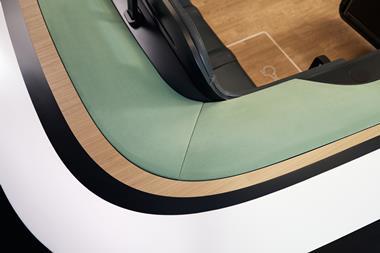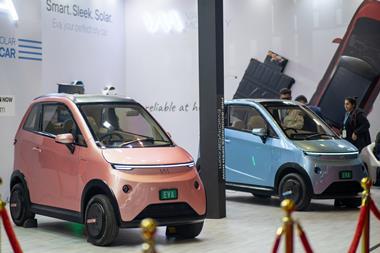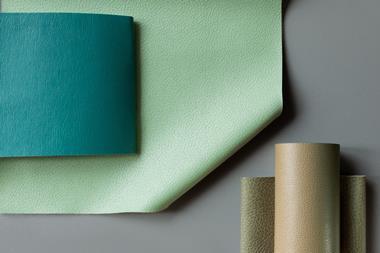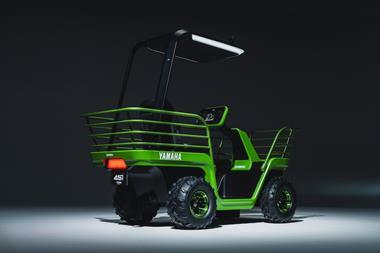…but dressing the surface defines personality
Architexture Design Consultancy comprises one studio, in three locations: Manchester, UK; Detroit, USA; and Suzhou, China. In September 2017, the Architexture Suzhou Studio moved to a new loft-style office, and is now the largest design studio within the Standex Engraving Group. The Suzhou design team explain their creative aesthetic and working philosophy.

In the Bronze Age, Chinese artists, sculptors and craftspeople began to use the concept of moulding, which made mass production possible. The use of bronze surface relief sculptures and textures to depict cultural iconography – such as ferocious animal faces – communicated specific Chinese values: for example, a respectful fear and awe of the power of nature. Bronze textures were used to capture and record the era’s style, became China’s cultural heritage, and developed into a language of representation: design.
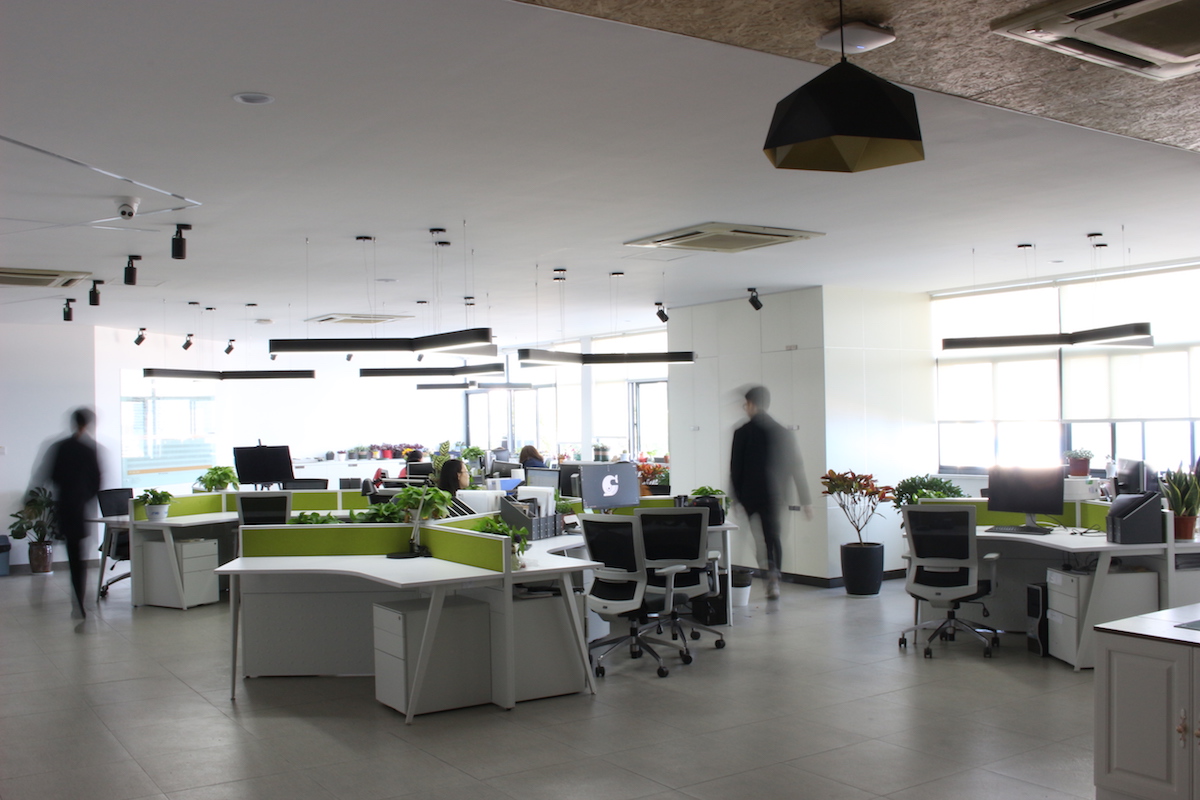
Materials, colours and textures have therefore been used to narrate stories and frame common understanding, creating aesthetics that reflect both histories and social relationships. And textures give life to moulded products, enhancing the aesthetic quality of a surface and projecting ideas, creativity and personality – distinction and differentiation, through different design characteristics. A clean sheet, a new surface, is a blank space ready for any possibility. Like recognising a person’s distinct form, temperament, movement and insight, these elements of a personality compose a texture, giving designers a more dynamic, flexible and powerful set of expressive tools to use in their work.

Automotive surface finishes and textures allow for a unique opportunity to bring highly creative features to a vehicle’s interior – selecting the right grain for a project can make a difference between a good and an exquisite job. This is ever more important as, with the improvement of living standards and the dramatic evolution of material happiness, aesthetics are pursued on a deeper level. Why do we all wear different clothes? Why are we interested in different product identities, and thus invest our cultural and personal values in them?
Just as we dress to project our personalities, Architexture has developed a toolbox to apply such opportunities to automotive design. Our fully integrated and powerful tool defines the surface textures and aesthetic differentiation, aiding brand projection and identity. We propose two distinct texture development orientations, which recognise and reflect current transformation and diversification trends:
Coding Aesthetics seeks to exaggerate the effect of textures’ form-to-colour-to-surface dynamic. We use parametric design, which utilises the mathematical attributes of surface effects in a similar way to how it is used on architectural surfaces, such as glass and steel, to make a building’s form more iconographic.
We draw elements from the science of reflection and refraction to design and engineer surface effects, like we see in the architectural epoch-making aesthetics in the structures and buildings around us, the case studies of vision and invention. It’s the marriage of science and art!
Wabi-sabi, in contrast, draws from the Zen aesthetics of Buddhism in a more natural creation process. It conveys a deep spiritual experience via concise yet irregular permutations and combinations of shapes.
These philosophies are then applied in our DVP (Design, Verification and Production) process.
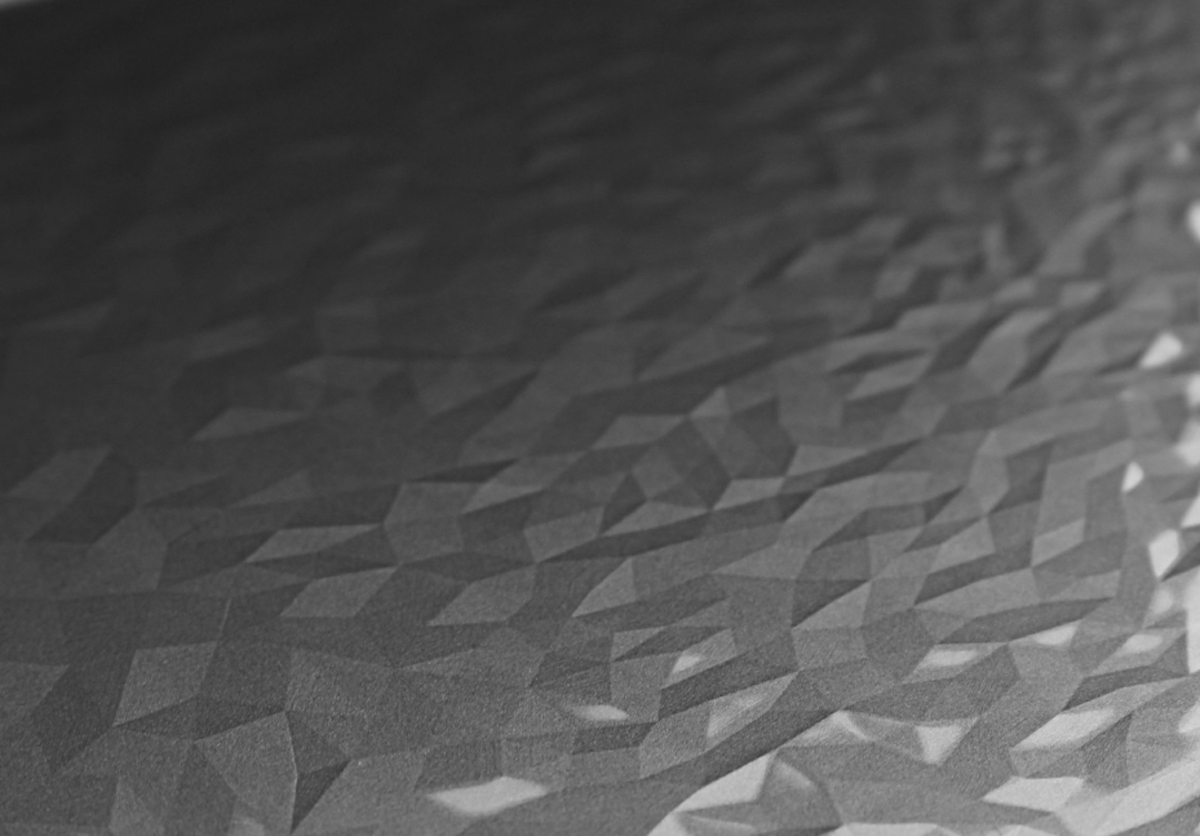
Design: Architexture’s designers collaborate with an in-house OEM team, reviewing a design brief, and then develop ultra-high-definition 3D-printed texture samples. These can be produced extremely quickly to give a true form for evaluation.
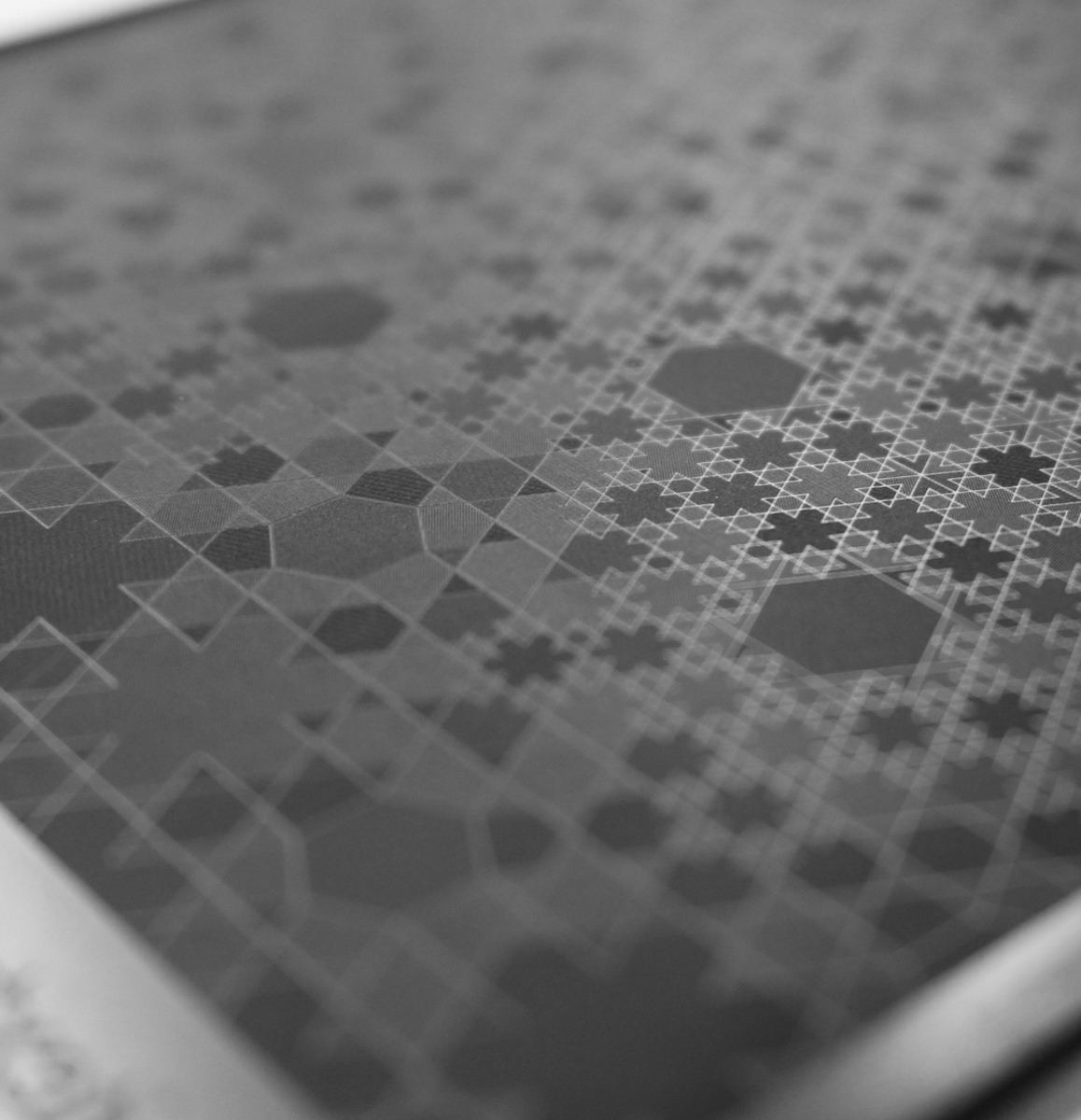
Verification: the texture is applied to full-size clay models, ren-stock models and prototype substrates, using our unique model tech wrapping material. This enables senior management to evaluate, for example, and to alter detail if necessary – and most importantly of all, instill confidence that, months before start of production, you can see and feel what you will get.
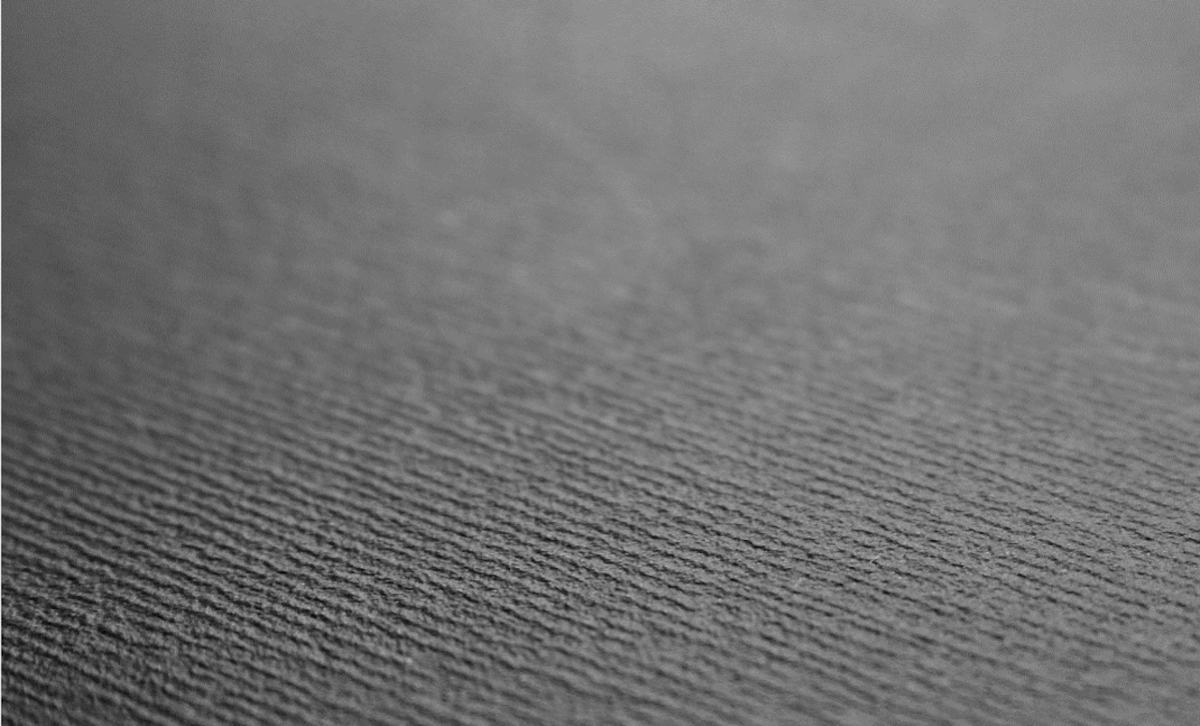
Production: the developed texture can be delivered on all surfaces within the vehicle via our 42 Standex Engraving Mold-Tech global facilities. Our capability and delivery of mould tool engraving, rolls, press plates, nickel shells plus project management can fulfill the design vision of the global automotive community.
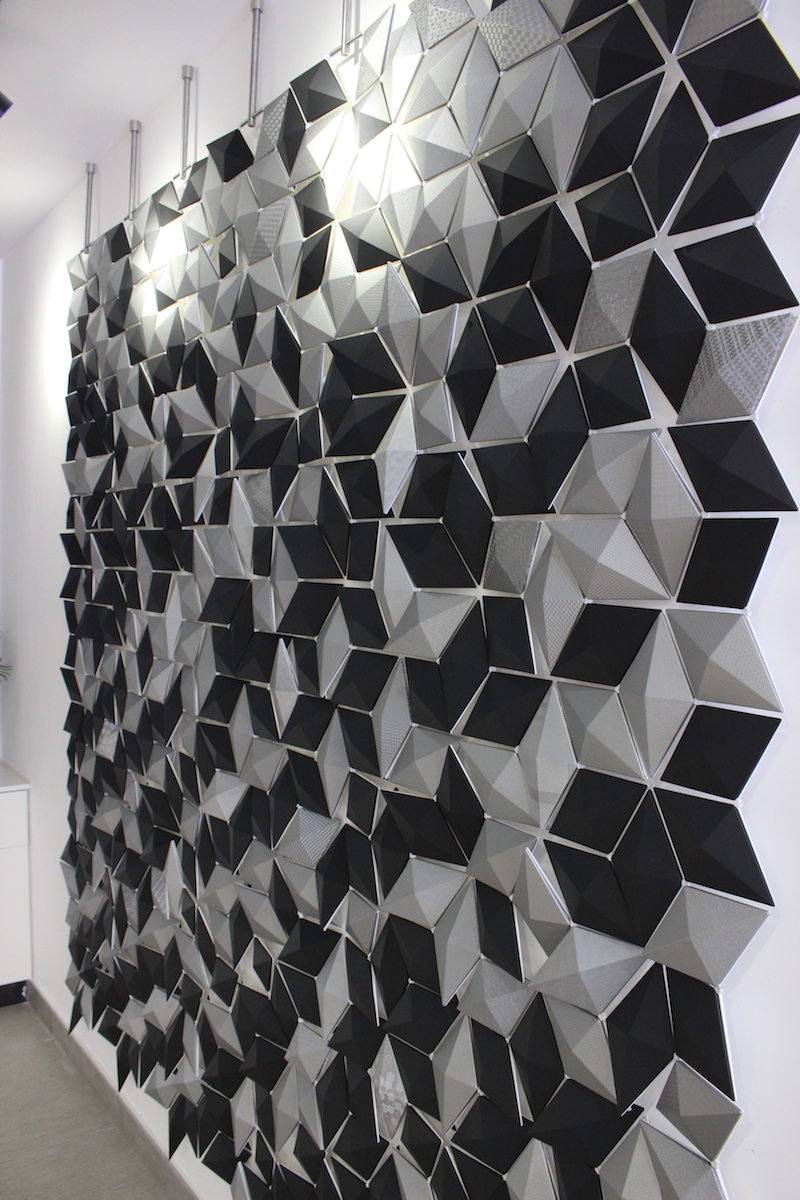
Essential information

Parent company: Standex Engraving / Mold-Tech
Studios: Detroit, USA; Manchester, UK; Suzhou, China
Employees: 25
Contact: design@architexture.co
Suzhou studio: mtcharlene@mold-tech.com.cn
www.architexture.co































